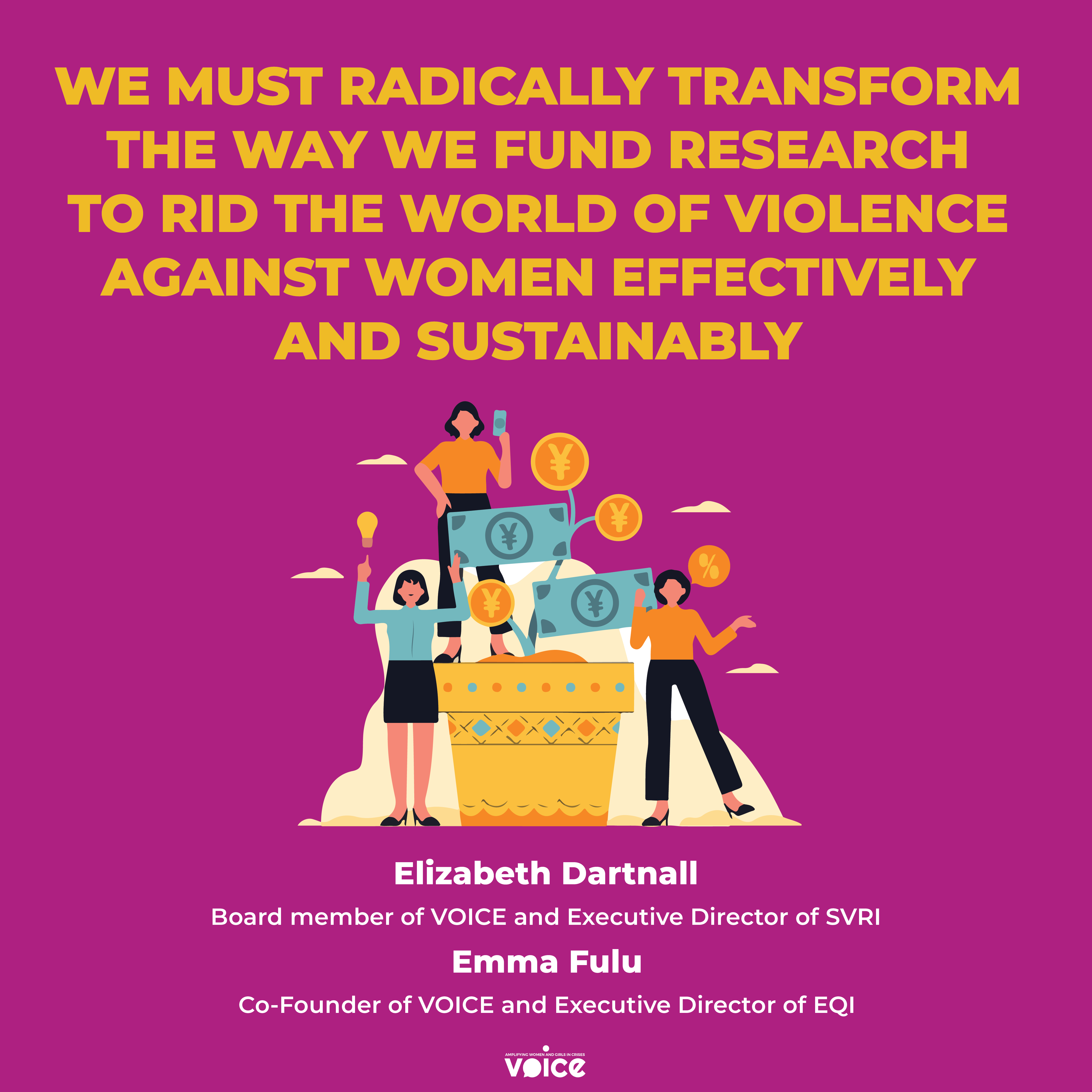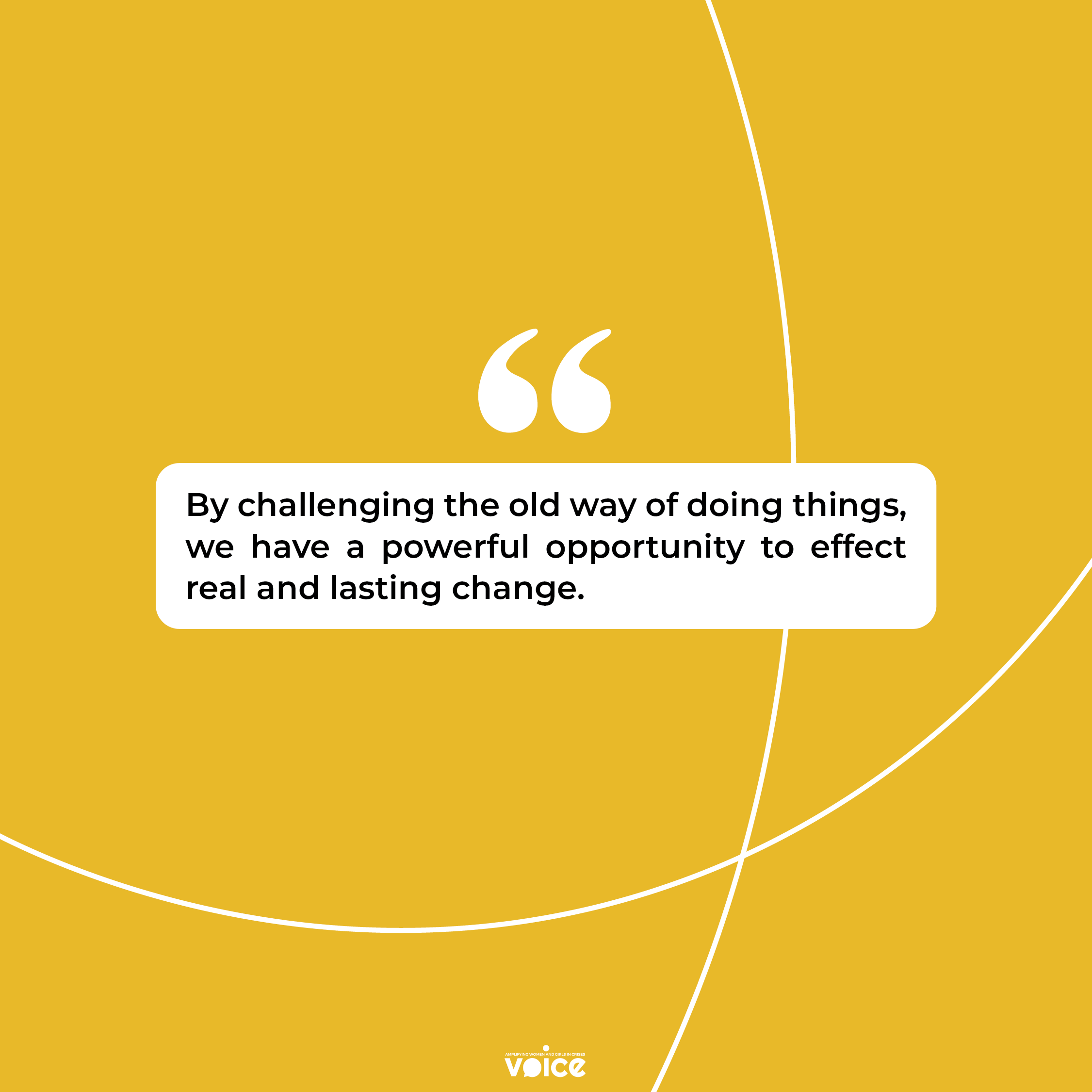
Elizabeth Dartnall, Executive Director, the Sexual Violence Research Initiative (SVRI), and Emma Fulu, Founder and Executive Director, The Equality Institute (EQI), on embracing the wisdom of the crowd and challenging the way we prioritise and fund research on violence against women. They insist that the voices of practitioners, activists, and survivors must sit centred alongside academics and other specialists to set a fair, relevant, and effective research agenda in the field of violence prevention.
We know the power of evidence-based research and how it can be used to build better programmes and policy to improve the lives of women and girls – but who has been deciding what these research priorities are and should be? Is it ok that academics in high income countries (HICs) continue to set the priorities, lead the research, and make decisions about the lives of people in lower middle-income countries (LMICs)? Something needs to change; for too long, research agendas have been set by those far removed from the communities for whom the research is meant to serve.
Together, the Sexual Violence Research Initiative (SVRI) and The Equality Institute (EQI) – with support from funding partners Wellspring Philanthropic Fund and Sida – set about building a feminist approach to identifying research priorities. The goal of this work was to shift the balance of power from the Global North, putting the power to identify research priorities in the hands of researchers, activists, and practitioners in LMICs. Now, some three years later, we are proud to reveal the Global Shared Research Agenda (GSRA).
The GSRA identifies research gaps and sets an agenda that can be used by funders, researchers, and activists. It is the result of careful, thoughtful, evidence-informed dialogues and discussions, drawing on the wisdom of the crowd, to set research priorities for the next five years for fair, effective, and relevant research on violence against women in LMICs. It is the first time the voices of practitioners, researchers, and activists have sat centred and equal alongside academics and other specialists in the field.
To identify these research priorities and ensure the process was inclusive, fair, and transparent, a method called CHNRI was adapted. This method considers the views of multiple stakeholders, not just technical experts, with all views treated equally. We did this by ‘crowd-sourcing’ multiple opinions on an issue, surpassing the ‘expert’ judgement of one person. It is a ground-breaking piece of work.
“The process in some ways in more important than the outcome.”

By challenging the old way of doing things, we have a powerful opportunity to effect real and lasting change. It was a significant undertaking to ensure that the questionnaires were inclusive, accessible, and user-friendly and addressed the global inequalities around access and internet bandwidth. However, this was essential for us to engage and listen to the voices of those in LMICs working at the frontline of violence prevention: survivors, and people who live and breathe this work. This process honoured learning not just from academia, but also from practice. It brought diverse perspectives together through a feminist approach of sharing power.
Top Five Questions in Order of Overall Ranking:
The results showed that intervention research is viewed by the filed as the most needed at this point. The top five questions included:
1. What types of interventions can effectively prevent multiple forms of violence, and why?
2. What types of interventions are most effective for preventing intimate partner violence (IPV) (including "honor' -based violence) against women facing multiple and intersecting forms of discrimination (including age, poverty, disability, ethnicity, race, sexuality)?
3. How are new feminist social movements (e.g., Me too, Ni unable menus) and Leninist social movements (e.g., Men's Rights Activists, incels) positively or negatively influencing individual, social, and policy perspectives related to the experience and perpetration of violence?
4. Which interventions work to prevent sexual harassment in institutional settings (in-person or online), including in the workplace and educational settings, and why?
5. What are the impacts (including disability-related impacts) of under-researched forms of IPV on women and girls, including emotional and economic IPV, revenge porn, and 'honor'-based violence?
The GSRA reveals that there are still major gaps in the field of research on violence against women. It provides funders with a framework to guide increased investment in high-quality and ethical research. We hope researchers use the GSRA to inform their own research agendas, and that practitioners use it as a guide for partnerships with researchers on the evaluation of their interventions. In the field as a whole, the GSRA serves as a powerful advocacy tool to advocate for more and better research funding that addresses critical research gaps.
In the words of a practitioner involved in the process:
“With the GSRA we have an opportunity to shift the power imbalance, and centre activists and practitioners who are working on the ground and who have a deep insight into interventions that are working in communities. The GSRA is for us as activists, and we need to find ways to ‘rise up’ these voices.”
To stem violence, it is crucial that countries and programme implementers are informed by evidence on what works best. There needs to be a stronger, broader knowledge base about prevention and response that can inform investments, policy, and practice. Using the Global Shared Research Agenda can help us do that.
For more information visit: http://www.svri.org/documents/global-shared-research-agenda-vawg
